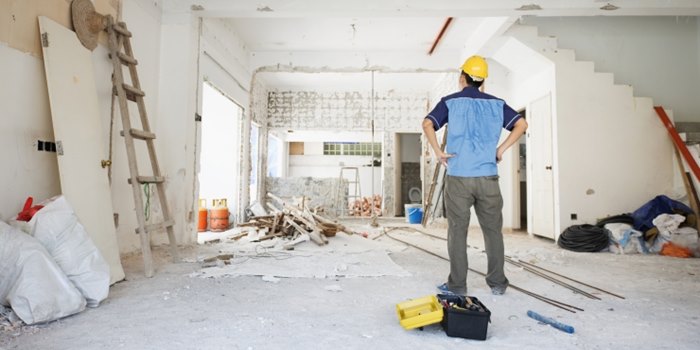The 5 steps in preparing construction site by yourself


Having your first house is wonderful, the pride, looking back on what you have been through, all the hard work, all the nights. The ecstasy of looking people in the eyes and introducing your house when they pay a visit. However, having a poorly-constructed house that lasted a couple of years before it started to fall apart is bad. Thus why do Malaysian people usually supervise the building process by themselves, to make sure everything is in position? Nonetheless, you also want to make sure nothing bad happens, no secret material cost-cutting, and lack of seriousness. You should also check up on the building materials to make sure the suppliers have provided the right types of materials with the right amount. Like light weight concrete Selangor providers usually offer water-related construction.
But to be able to supervise the process, you would need some basic knowledge of building the house by yourself. Here are the first 5 steps to prepare a construction site for a wood + concrete building.

Builder applies for and acquires permits: after you get all of the house blueprint and designs laid out. It is time for you to ask for permission from the local authority on the design blueprint, all of the construction details should be permitted. Everything from zoning, septic systems, home constructions, electrical work, plumping, and changing the contour of the soil to adapting your house to the land and the road. Only after everything is allowed, then you are good to go.
Construction crew levels site: most of the time, the same builder team will handle this stage when people will do soil reclaiming with tools like backhoes, and bulldozers. This is to remove any home site of rocks, debris, and trees. Additionally, this team might also dig for the septic system if offered. However, if you build your house using a wooded lot, then a different crew with specialised skills is needed.
Builder puts up wooden forms for the temporary foundation: after the builders level the site, they will put up wooden forms. This form will act as an outline for the foundation and digs the holes and trenches.
Footings are installed: the footings act as the ground support, formed by concrete and rebar. They are there to avoid the house sinking to the ground. If you are planning on building a basement, then the hole will be dug, the footings will be poured in, and eventually, the foundation walls are formed. In case you are using a slab-on-grade foundation, the footings are dug, formed, and poured. An even level between them will be enhanced with utility runs like plumping drains and electrical chases.
After the concrete is poured into holes and trenches, you should allow it time to cure. While the footings are curing, there should be no construction activity on the site.
Waterproofing and plumbing are installed: after the curing process, the crew will apply a waterproofing membrane to the foundation walls. They also install drains, sewer systems, water taps, and any plumping that needs to go into the first-floor slab or basement floor. Then they backfill excavated dirt into the hole around the foundation wall.
